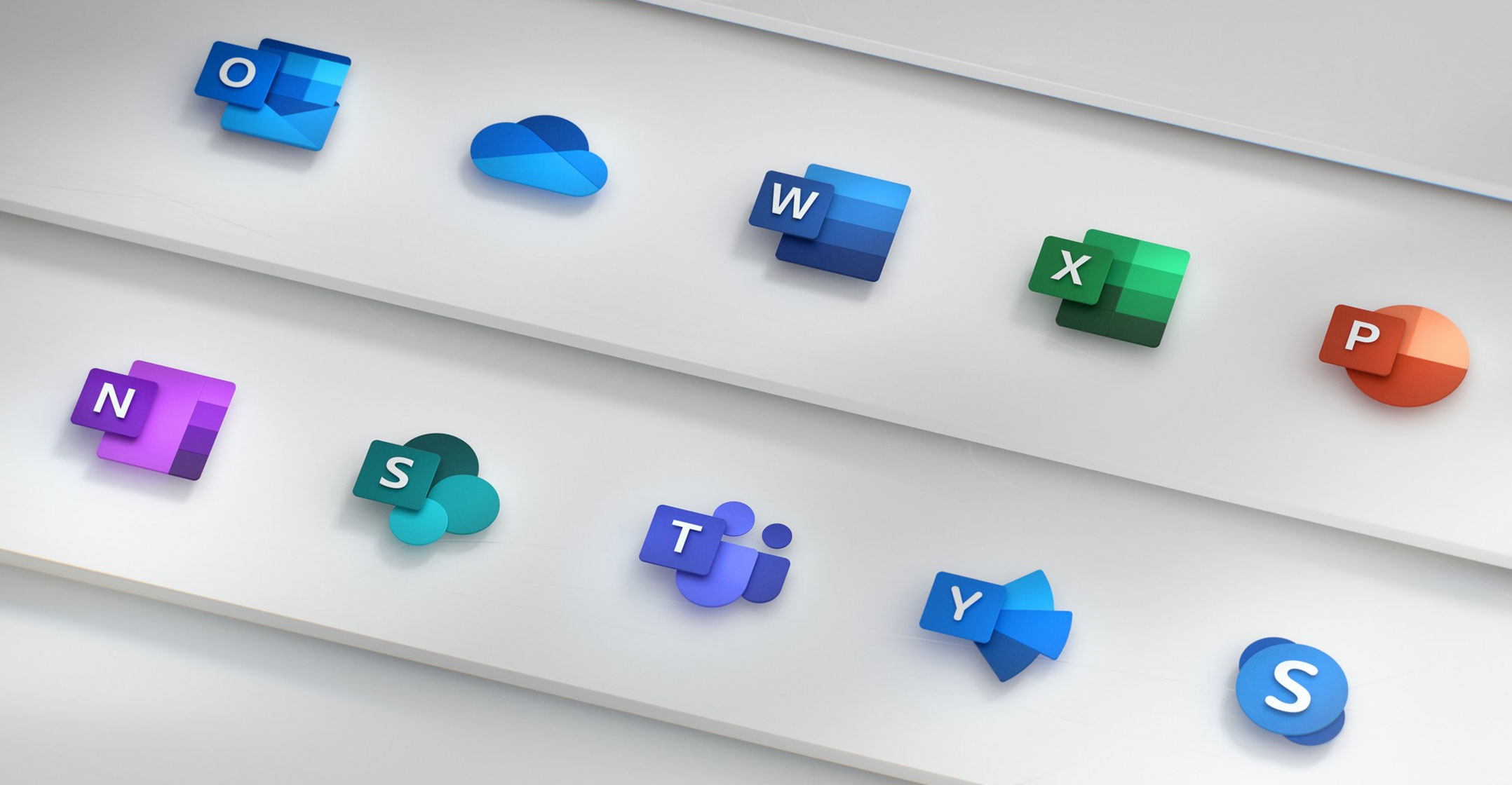 Support and security updates for Microsoft Office 2013 are coming to an end on 11 April 2023. When this happens, users will no longer receive phone or chat technical support, nor will they benefit from updates to support content or online help, as these will be put to bed.
Support and security updates for Microsoft Office 2013 are coming to an end on 11 April 2023. When this happens, users will no longer receive phone or chat technical support, nor will they benefit from updates to support content or online help, as these will be put to bed.
In addition, Microsoft will no longer provide technical support, fix bugs or issue any patches or fixes for Office 2013 vulnerabilities that may be discovered once support has already ended.
Unpatched vulnerabilities
Unfortunately, these security updates are key when it comes to protecting PCs from harmful viruses, spyware and other malicious tools. In fact, any organisation still running on this outdated operating system will be in a position where its infrastructure and applications are unprotected.
This exposes the company and its confidential data to cyberattacks by bad actors looking to take advantage of unpatched security vulnerabilities.
Planning ahead
This is why planning ahead for the end of any business-critical software’s life is key to business survival. Hand in hand with end of support comes a wide range of pain points, meaning companies need to take heed of the vendors’ warnings and plan ahead to ensure they are covered.
When the software vendor – Microsoft in this case – provides an end-of-support date, a migration is needed to a new version of the software or a new software suite altogether, both of which require major resources when it comes to changing business processes and moving data and apps to a new platform.
After all, any changes or upgrades to systems can disrupt the business, cause delays and often rack up unexpected costs when it comes to buying new licences for a more modern solution.
Easing the pain of transition
To make the switchover as painless as possible, having a good channel partner that has a thorough knowledge of what software you need, as well as how to migrate to a new solution as seamlessly as possible, is crucial.
There are usually a number of change requests during an end-of-support migration and having a trusted advisor can help to provide a solid framework for the process of dealing with the transition, planning, and executing of any changes within the business. In this way, all stakeholders are involved in the changes and are able to get up and running with little to no friction.
 Avoiding the trap
Avoiding the trap
It is also extremely important not to fall into the trap of thinking upgrading software that is no longer supported is a waste of time. Too often a company mistakenly believes that the pain of enduring the switchover is not worth it – after all, the software still does the job, so why bother simply because the vendor recommends it?
There are many good reasons why not, but perhaps most importantly, over and above the wide range of cybersecurity risks that will endanger the business, the company also runs the risk of becoming non-compliant with data protection regulations.
While this is a danger for all companies, it is particularly so for those in healthcare and financial services, as these entities handle a lot of sensitive customer information. In these heavily regulated sectors, keeping systems and software up to date with vendor-supported software isn’t a recommendation, it is mandatory.
Falling foul of regulations can see massive fines being levied, loss of customer confidence and a stack of legal woes plaguing the company. Even when the consequences are not that dire, there is still an enormous risk when it comes to handling confidential information when running software that is no longer supported.
Upgrading with ease
At Tarsus Distribution, we recommend upgrading Office as soon as possible. The options to upgrade will depend on if the business is using Office 2013 at home or if their version of Office 2013 is managed by the IT department or the IT administrator.
For most companies, the clever move is to upgrade to Office 365 – now known as Microsoft 365 – and Windows 11, the successor to Windows 10. It debuted last year, and is a brand-new operating system, packed full of new features.
For one, it has a new “Start” menu that no longer uses “Live Tiles”, and also now sits in the centre of the screen by default. In addition, the look of the apps has had a facelift, and the user interface has been revamped, too.
365 days a year
Similarly, Microsoft 365 also has a wide variety of features for businesses to explore. A rich and intuitive administration interface, built-in security and many different migration options make this release one with the best products for businesses in every sector.
Moreover, in today’s cloud-first world, Microsoft 365 brings benefits in terms of scalability, security, high availability and information access through a robust backend platform.
Chatting with a trusted partner will help you decide which solution is the best for your business. Only by working together can you ensure that your organisation’s software inventory is supported, does the job properly, is configured for optimal results, and ensures total security and compliance.
For assistance in upgrading your Microsoft Office software, contact us today.
- This promoted content was paid for by the party concerned




